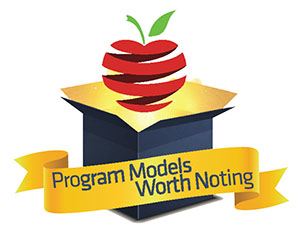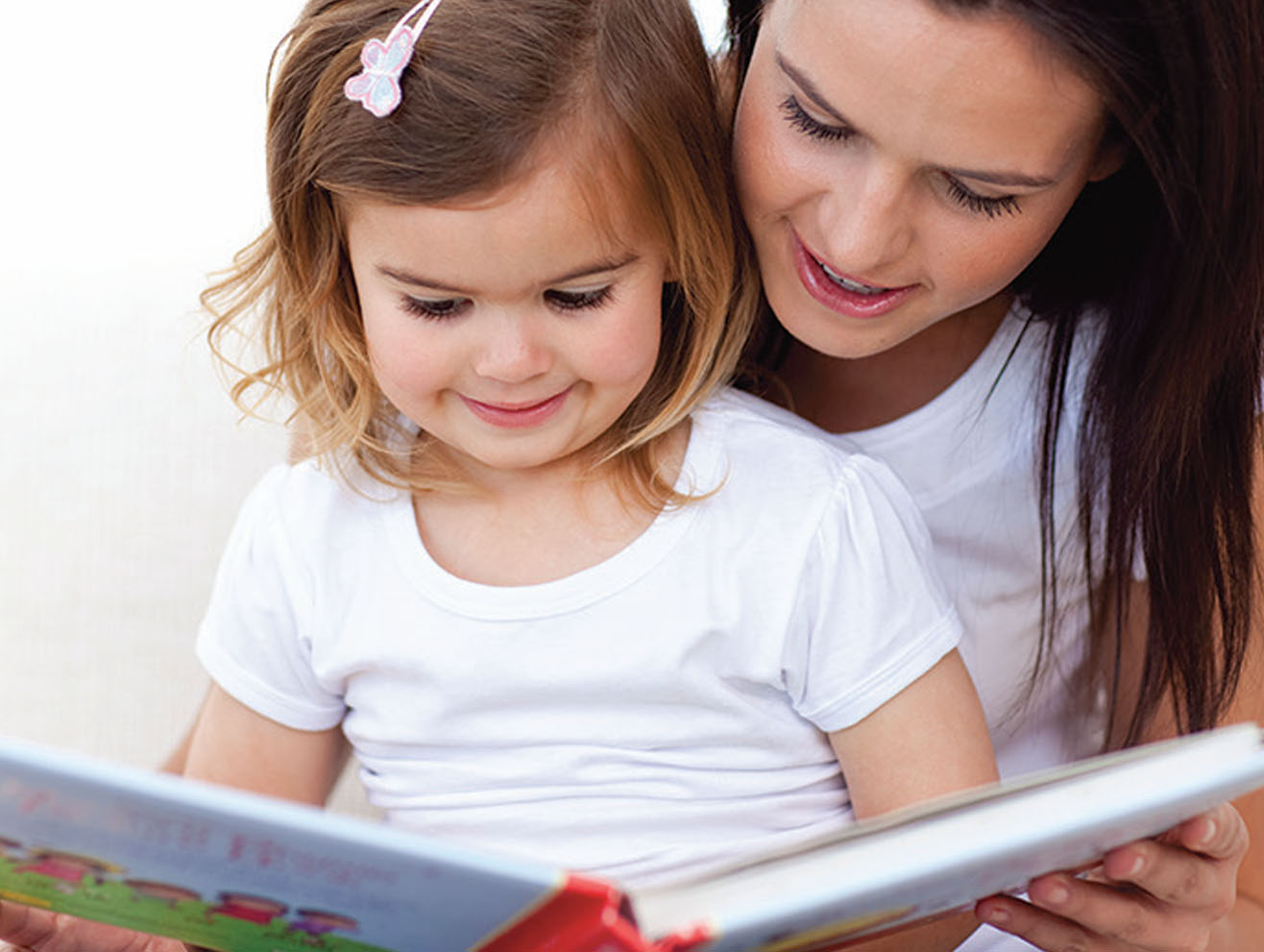
Raise student achievement by joining a coalition that mobilizes evidence-based solutions for child literacy. This model has a large geographical scope and allow donors to engage in coalition-building. In addition to supporting strong programs, high impact philanthropy can also include advocacy, awareness raising, and providing support to public systems.

What It Does
A child’s ability to read by the end of third grade is a powerful predictor of school success. Students who don’t read proficiently by the end of third grade are four times as likely to drop out of high school as students who do. Yet despite ample evidence-based research on what’s needed for childhood literacy, only about a third of students read proficiently by fourth grade. Grade level reading is a solvable problem. The issue is in implementing and communicating best practices so that communities actually move the needle on third grade reading.
To address this, CGLR brings together a network of stakeholders in early childhood education (funders, municipal governments, community organizations, policy makers and national nonprofits) with the goal of making population-level improvement to third grade reading. It goes beyond the individual classroom, school or program to tackle the three issues that most affect third grade reading: attendance, kindergarten readiness, and summer learning.
CGLR promotes awareness about the importance of grade level reading, provides technical support to its network communities (including information about best practices, measurement/data collection, and effective policies), and facilitates learning across communities so that they can replicate effective approaches.
What It Does
A child’s ability to read by the end of third grade is a powerful predictor of school success. Students who don’t read proficiently by the end of third grade are four times as likely to drop out of high school as students who do. Yet despite ample evidence-based research on what’s needed for childhood literacy, only about a third of students read proficiently by fourth grade. Grade level reading is a solvable problem. The issue is in implementing and communicating best practices so that communities actually move the needle on third grade reading.
To address this, CGLR brings together a network of stakeholders in early childhood education (funders, municipal governments, community organizations, policy makers and national nonprofits) with the goal of making population-level improvement to third grade reading. It goes beyond the individual classroom, school or program to tackle the three issues that most affect third grade reading: attendance, kindergarten readiness, and summer learning.
CGLR promotes awareness about the importance of grade level reading, provides technical support to its network communities (including information about best practices, measurement/data collection, and effective policies), and facilitates learning across communities so that they can replicate effective approaches.
How Effective Is It
CGLR is a systems-level intervention. Though different than direct-service programs, there are many ways to evaluate systems-level change. One is through reach: CGLR serves some 344 member communities in 43 states, up from 124 founding communities in 2012, reaching 16% of all U.S. public school students. It also serves more than 3,900 local organizations and more than 250 local funders.
CGLR measures its impact by the number of member communities that make population-level gains in its four core areas: attendance, summer learning, school readiness, and third grade reading. Of the 344 communities, over half (187) have made significant progress — that is, a difference of 10% or higher — in at least one of these areas. About 47 communities have made significant progress in all four areas.
How You Can Help
CGLR is funded through the education nonprofit Foundations, Inc. which primarily provides back-end support. Donors can give to CGLR through the national network or through its community affiliates. Many communities are involved through school districts, United Way, libraries, or other local organizations. How philanthropy can help varies by community: $250 to the Durham Partnership for Children can support teacher training in Durham, NC. Donations in Gulfport, MS go primarily to providing books to families; $29 to the United Way provides books to a child for a year. In Arkansas, donors can sponsor events for local organizations and campaigns to meet, network, and share strategies for advocacy. And in Cedar Rapids, $500 to United Way of East Central Iowa’s CGLR can help pay for a year of early childhood education for a child. A full list of member communities can be found at http://gradelevelreading.net/our-network/participating-communities, or you can launch your own local coalition.
Contributions at the national level support efforts that help the entire network such as online learning, a forum for communities and funders to share ideas, and data analysis for member communities. To donate any amount, visit http://www.foundationsinc.org/support-our-work/give-online.
